2017 Yamaha VX Limited Review
The VX model that pulls out all the stops
The VX line was Yamaha’s first foray into affordable four-stroke territory. It was an overwhelming success, topping sales for, well, seemingly forever. Times, however, have changed. The VX is still that same success, but it’s grown up over the years. Style and fit and finish have grown decidedly more upscale. Positioning has gone from entry-level, to a firm hold on the midrange in the brand’s lineup.
The Yamaha VX Limited takes that ascension one step further, fitting out the VX with the amenities of a Cruiser, and adding on a package of extras to round out and enhance the user experience.
VX Values
Engine: Three-cylinder 1,049cc
Fuel Capacity: 18.5 gal.
Stowage Capacity: 24.6 gal.
Seating Capacity: 3
MSRP: Starting at $10,999
Yamaha powers the VX with the TR-1, the well-received replacement to Yamaha’s very first four-stroke powerplant, the MR-1. The TR-1 has many advantages over its predecessor. Displacement is a marginally smaller 1,049 cc, but the TR-1 is a three cylinder, with four-valves each. It’s also lighter and more compact. Weight is 160 pounds; size is 40% smaller. Of note, power improves 13%. A smaller footprint means more room to work. Service points, like oil filters, have been relocated front and center.
That engine sits within the familiar VX hull, now firmly ensconced as Yamaha’s midrange offering. It’s made of Yamaha’s lightweight NanoXcel construction material, and at 11’ and only 668 pounds, boasts an advantageous horsepower-to-weight ratio. Acceleration is crisp for the target market, midrange is strong, and top speed peaks at about 53 mph. The ride is predictable and mildly aggressive, with the craft leaning intuitively into turns. Slow-speed handling is enhanced through RiDE, Yamaha’s dual-throttle approach to forward, neutral and reverse. Fire up the engine and the craft starts in neutral thanks to some clever positioning of the reverse bucket. The conventional throttle puts the craft in forward and applies speed, the RiDE lever does the same for reverse, but with a more limited RPM range. Pull the RiDE lever at speed and it rapidly slows the craft, without diving at the bow. The directional nature of the reverse bucket’s side outlets allows some degree of steering as you slow.
Other enhancements of the Yamaha VX Limited include cruise control and no-wake mode, speed controls for extended cruising or those pesky slow-speed zones. Cruise also works well when towing, maintaining a steadier speed than most drivers can replicate. Drivers will also appreciate four pop-up cleats, passengers the tiered, Cruiser-style seating, and all the comfort of the saddle, security of grooved traction mats, flip-down boarding step, and versatility of three storage compartments totaling 24.6 gallons of capacity.
Above and Beyond
What truly designates the VX as a “limited” model is the collection of extras Yamaha chooses to add to the package. It included items that expand the craft’s use, like a color-matched, Yamaha-branded inflatable and towrope, true ski eye rather than a simple U-bolt, a strap to keep the tube attached and out of the way when not in use, storage bag, dry bag, and even a 12V inflator to pump that inflatable up on the fly. And yes, the craft has the required 12V plug, something non-existent on personal watercraft. It’s not just useful for the inflator, but also the custom cover, which includes a solar-powered battery charger to make sure your craft is always ready to roll.
Also included is custom, metallic paint, for ’17 an Azure Blue Metallic.
Is the package of extras in the Yamaha VX Limited worth the $400 price jump over the VX Cruiser? That depends, in part on whether you’re the type to assemble your own extras at the dealer or marine supply store, or rather prefer to simplify your shopping experience.
Get PersonalWatercraft.com in your Inbox!
Like PersonalWatercraft.com on Facebook
Comments
Most Popular
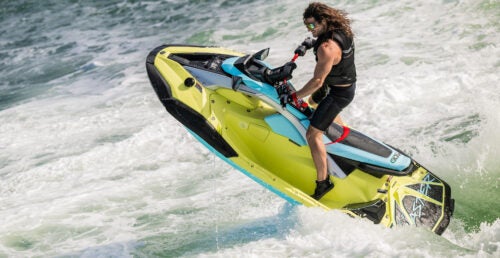
2025 Yamaha JetBlaster PRO 2-Up Review
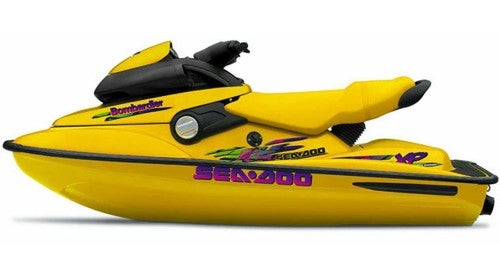
Remembering the Sea-Doo XP
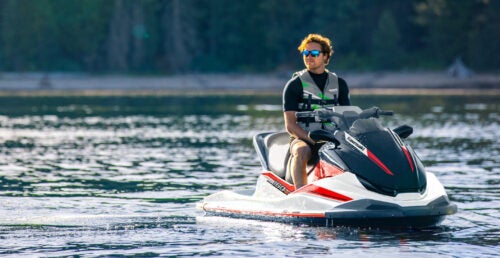
2024 Kawasaki Jet Ski STX 160X Review
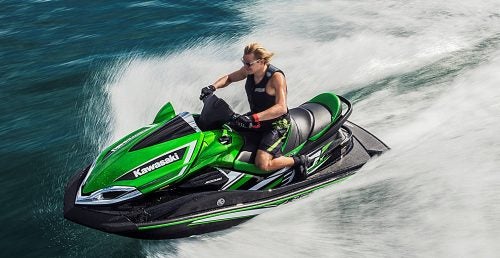
2017 Kawasaki Jet Ski Ultra 310LX Review

Whatever Happened to the Wetbike?
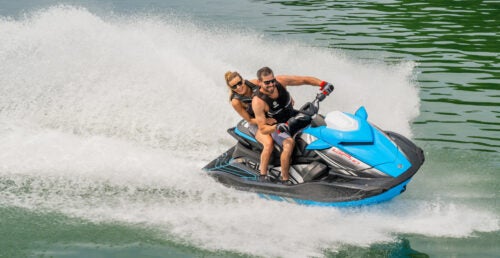
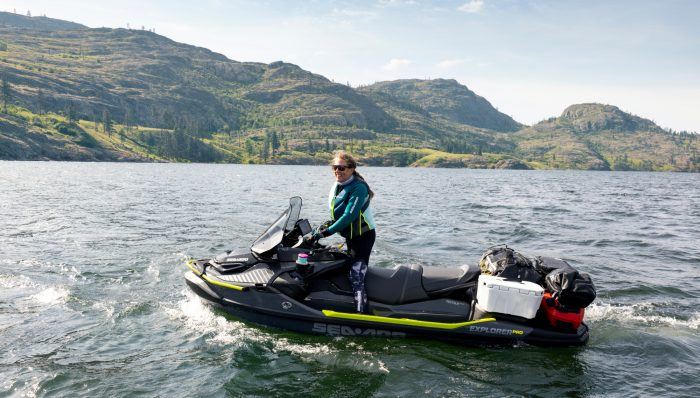
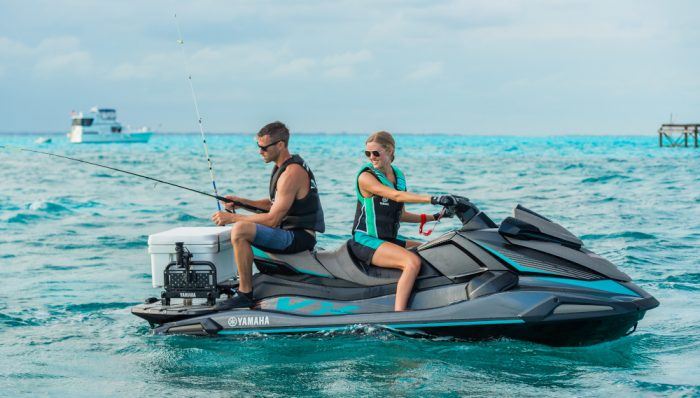
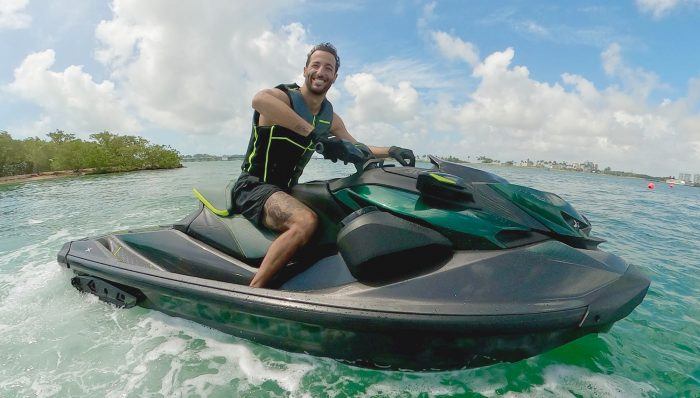
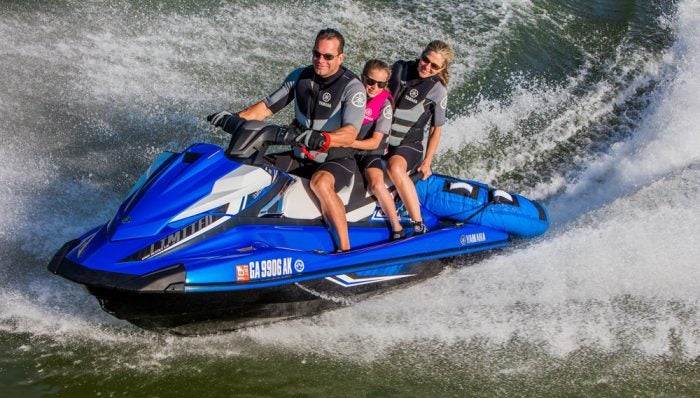
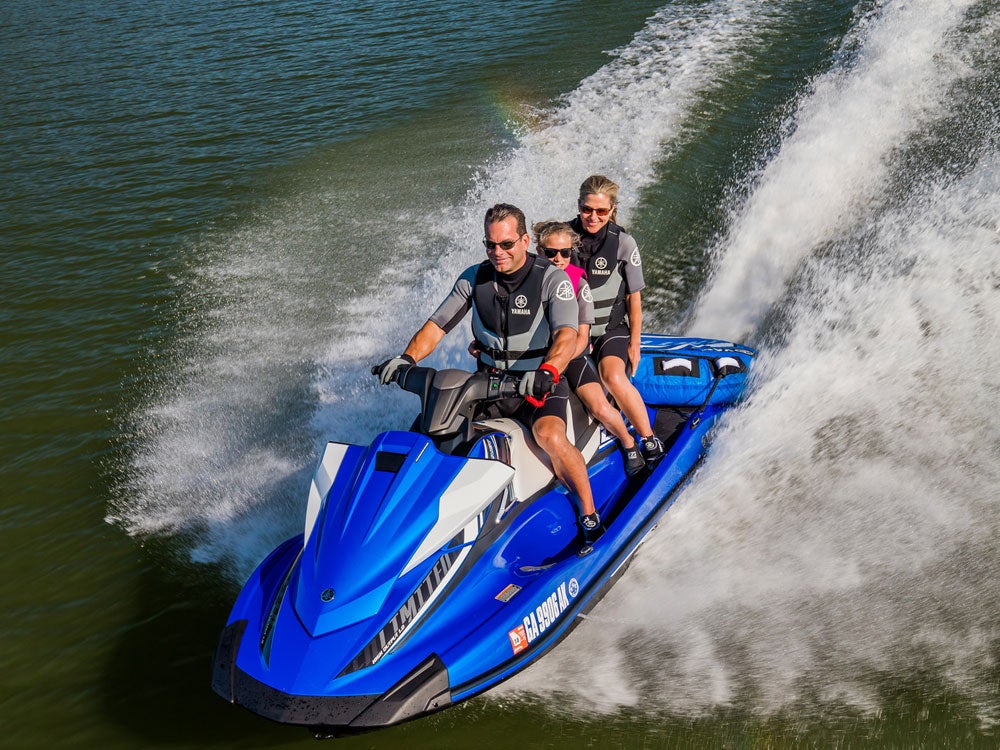
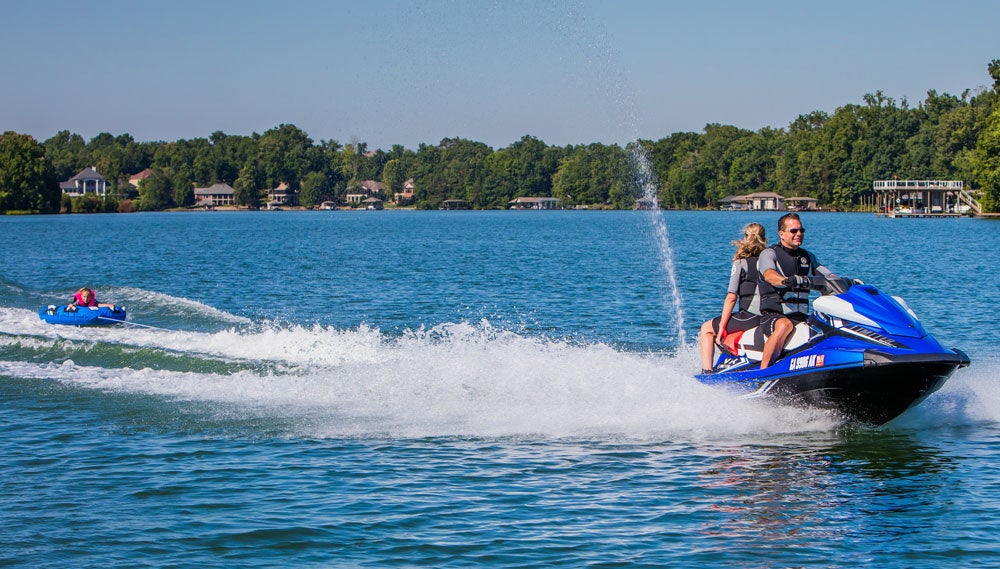
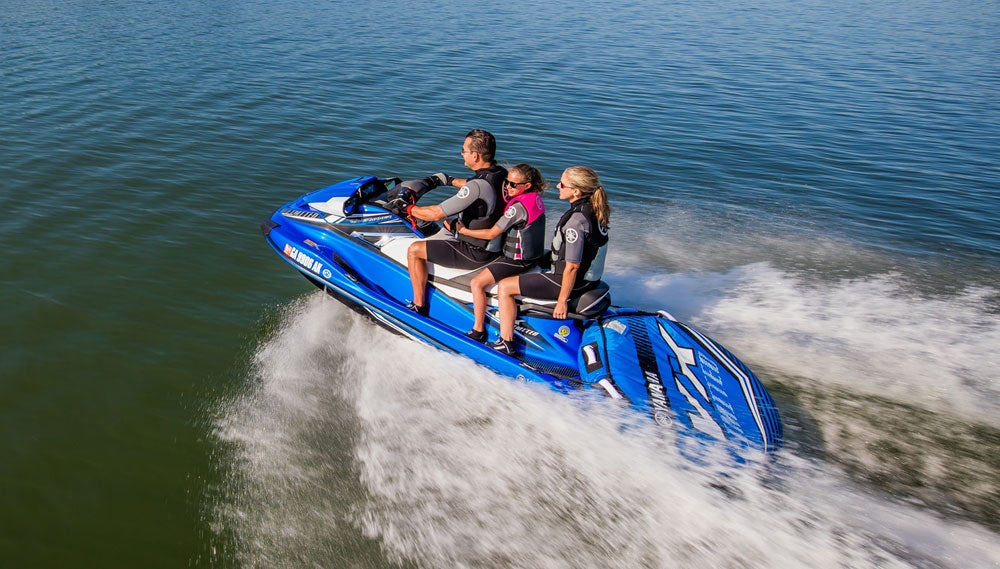





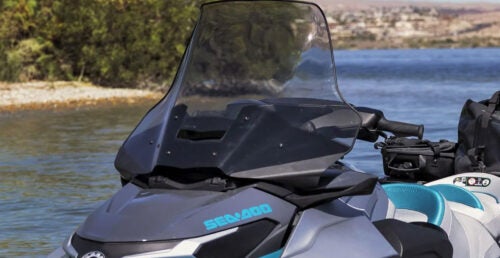



 Your Privacy Choices
Your Privacy Choices